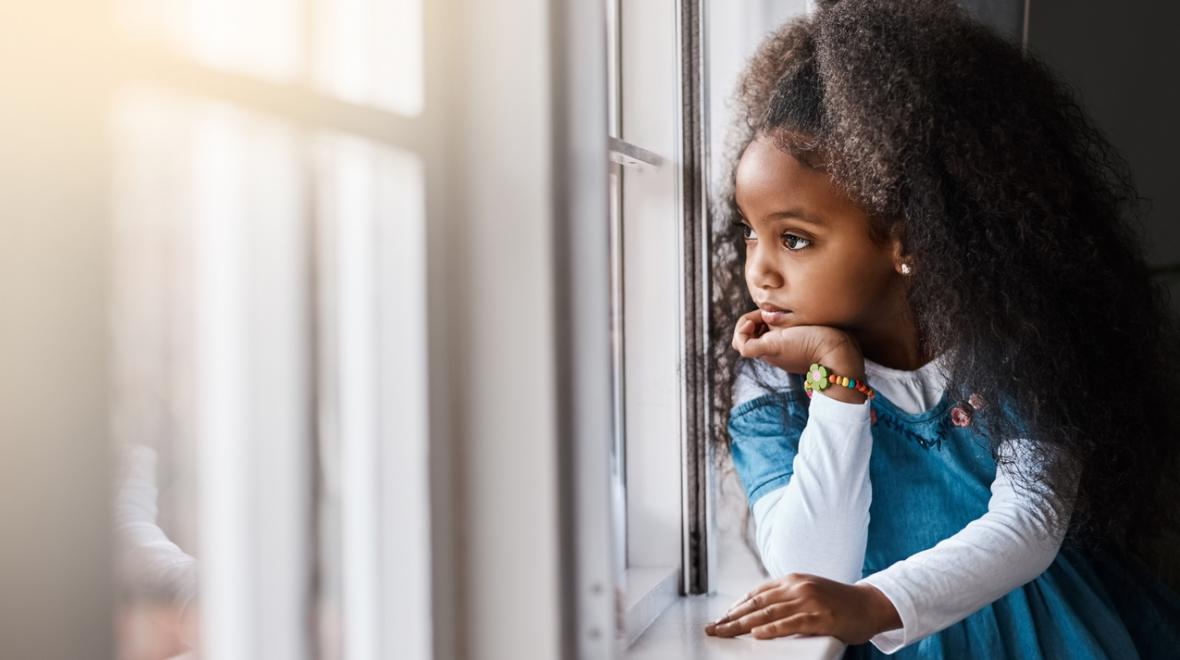
Editor's note: This article was first published on Let Grow, the nonprofit promoting childhood independence and resilience, which provides free materials for schools and parents. It is reprinted here by permission.
A survey of almost 2000 parents of kids ages 5–11 in Britain found that most parents aren’t letting their kids play outside, unsupervised, until age 11, The Guardian reports. The same parents surveyed said that when they were growing up, they headed out to play at around age 9.
Tim Gill, author of Urban Playground: How Child-Friendly Planning and Design Can Save Cities, and a longtime champion of more freedom for kids, said the study shows “that British children have been subject to a gradual, creeping lockdown over at least a generation.” Thanks to the pandemic, he added, we all know what a lockdown feels like.
So why are we doing this to our kids?
Is there a real reason to transform childhood so dramatically?
The reasons are the usual adult fears of crime and traffic, dovetailing with the fact that electronic entertainment keeps many kids from longing for the outdoors. (Or knowing it exists.)
Of course, our desire to keep kids safe makes sense. What is hard to keep in mind when worrying about the dangers of them being out and about is that there are dangers to them not being out and about, too. Gill lists them: “Boredom, isolation, inactivity, and poorer mental and physical health. The consequences for the development and wellbeing should not be underestimated.”
We don’t! All we do at Let Grow is not underestimate the consequences of overprotection. And sometimes we even get a little mad.
Today’s 11-year-olds have less freedom than 6-year-olds in 1979
After all, the book, “Your Six-Year-Old: Loving and Defiant,” was a plain old child development book for parents, published in 1979. Over the course of just 40 years it has become an amazing artifact, a Rosetta Stone from the misty past, back when, according to the book’s checklist, your average 6-year-old entering first grade should have been able to knock off most of these milestones:
- Does your child have two to five permanent or second teeth?
- Can your child tell, in such a way that his speech is understood by a school crossing guard or policeman, where he lives?
- Can he draw and color and stay within the lines of the design being colored?
- Can he stand on one foot with his eyes closed for five to ten seconds?
- Can he ride a small two-wheeled bicycle without helper wheels?
- Can he tell left hand from right?
- Can he travel alone in the neighborhood (four to eight blocks) to the store, school, playground, or to a friend’s home?
Keeping kids under adult supervision until they are almost twice that age — 11 instead of 6 — is a shocking development. Imagine if we kept kids in diapers till age eight, or didn’t let them start driving till age 30 (which is secretly something I’d love, but I realize that is wildly off-point). It’s dizzying to think of how differently we are looking at kids — how helpless and endangered.
If the crime rate had soared in the interceding decades, okay — that might be cause for extra caution. But here in America, where we are also keeping kids under very close tabs for ever-more years, the crime rate is back to what it was in the ’60s and ’70s. It was on the increase till the early ’90s but then it started heading back down — way down
So parents who were kids in the ’80s or ’90s were playing outside, on their own, when the crime rate was higher than it is today. (People sometimes say, “Aha! Maybe crime is down because we constantly supervise kids now!” But crime is down against adults, too, and we aren’t “helicoptering” them.)
All no play and no play makes Jack a dull boy
The professor behind the British study, University of Reading’s Helen Dodd, said “we can clearly see that there is a trend to be protective and provide less freedom for our children now than in previous generations.” Unfortunately, the older kids are before they get moving, exploring and playing, the less chance they get to develop “their ability to assess and manage risk independently,” Dodd said.
Anxiety is defined by the fear that you will be faced with a situation you can’t handle, and that if you try, you will be hurt or humiliated. Basically, it is getting risk wrong. Playing is the opposite — a chance to handle whatever comes along, without adults watching or intervening, with fun as the supreme motivator. Why not start developing that at 6 instead of 11?
Especially if 11 may be too late to start developing that?
Let Grow would love to see even more schools opening Let Grow Play Clubs — a chance for mixed-age, kid-led free play before or after school — particularly because the chances for kids to play outside are evaporating so quickly. (Here’s how to start a Play Club. All our materials are free.)
We also urge everyone to buck the trend of keeping kids under lock and key till age 11. Years from now, when today’s kids reminisce about their childhood, it would be nice if they pictured something other than a refrigerator, a screen, and a booster seat.
It would also be nice if they let their kids play outside before their first beer.
Want to make sure allowing kids outside is legal in your state? Check out Let Grow’s Legislative Advocacy page.
You might also like: |











